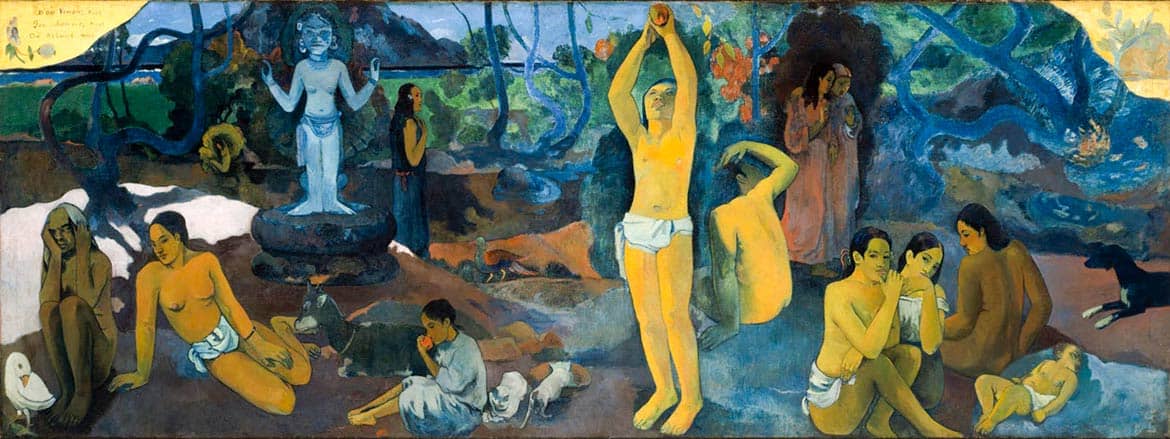Discovering French Polynesia: A Tropical Paradise
French Polynesia, encompassing an extraordinary collection of 118 islands and atolls in the heart of the South Pacific, attracts visitors from all corners of the globe. Nestled approximately 6,000 km east of Brisbane, Australia, and 7,700 km west of Lima, Peru, this enchanting destination offers breathtaking beauty and cultural richness. The region boasts five main archipelagoes: the Society Islands, Gambier Islands, Tuamotu Archipelago, Marquesas Islands, and the Austral Islands. Notably, the Society Islands include the renowned island of Tahiti, a focal point for travelers seeking its unique charm and allure.
A Geographic Treasure in the South Pacific
To appreciate the vastness of French Polynesia, one must understand that its islands scatter across 4,500 square kilometers of the ocean. Altogether, these islands cover a total land area of 4,167 km², which is a bit less than twice the size of Luxembourg and slightly less than one-third the size of Connecticut. If you seek natural beauty, you'll find it at Mont Orohena, the highest peak in French Polynesia, standing tall at 2,241 meters on the island of Tahiti.
A Brief History of Settlement
Rich in history, French Polynesia witnessed the arrival of Southeast Asian immigrants around 1000 B.C., who settled initially in the Samoan Islands. These remarkable settlers eventually made their way throughout Polynesia, offering just a glimpse into the region's rich cultural tapestry. The first interactions with Europeans occurred in the early 1700s, a connection that grew significantly with the arrival of English missionaries and traders in the 1830s. After several years of Franco-British rivalry, France officially established its protectorate in 1842. Remarkably, despite outside influences, the Polynesian people have successfully maintained essential aspects of their culture and language.
Understanding the Government of French Polynesia
Today, French Polynesia functions as a parliamentary democratic dependency. Having been an overseas territory of France since 1946, it gained recognition as a French overseas collectivity in 2003. The governance is overseen by the President of France, embodying the complex yet fascinating relationship between French Polynesia and its metropolitan counterpart.
The Breathtaking Geography of French Polynesia
Geographically speaking, French Polynesia occupies a stunning location in Oceania, south of Hawaii and east of Australia. Visitors can explore the volcanic rugged high islands, such as Tahiti, and the delicate low islands adorned with vibrant coral reefs. Each island possesses its unique charm and diverse ecosystems. As such, the archipelago serves as a pristine canvas for nature lovers and adventure seekers alike.
Climate: A Tropical Haven
The climate in French Polynesia can be characterized as tropical, marked by a dry season from May to October and a rainy season spanning from November to April. This pleasant climate invites tourism year-round, making each season an ideal time to experience the breathtaking views and cultural experiences this region offers.
The People of French Polynesia: A Diverse Society
With a population of around 270,000 people as of 2014, French Polynesia is home to a diverse array of ethnic groups. Approximately 78% of the population identifies as Polynesian, followed by 12% Chinese, 6% local French, and 4% metropolitan French. The melting pot of cultures contributes to the unique social fabric of the society.
Languages and Literacy
Within French Polynesia, both Tahitian and French serve as official languages, reflecting the region's rich cultural heritage and colonial history. A remarkable literacy rate of 98% showcases the commitment to education within the population, fostering a society that appreciates knowledge and learning.
The Spiritual Landscape
Religion plays a significant role in the lives of many residents in French Polynesia. Approximately 54% of the population adheres to Protestantism, while 30% identify as Roman Catholic. Added to this, roughly 10% of the population practices other religions or identifies as having no religion. The interplay between various beliefs enhances the cultural landscape of this beautiful region.
Natural Resources and Agriculture
French Polynesia is rich in natural resources, including timber, fish, cobalt, pearls, and hydropower, which supports local economies and exports. The agricultural sector thrives, producing coconuts, vanilla, vegetables, fruits, poultry, beef, dairy products, and coffee. This diversity not only sustains the local population but also contributes to the export market.
Industries and Economic Outlook
The tourism sector stands as a pillar of the economy, alongside industries like pearl cultivation, agricultural processing, and handicrafts. Additionally, French Polynesia exports commodities such as cultured pearls, coconut products, mother-of-pearl, vanilla, and even shark meat. Japan leads as the primary export partner, followed by the USA, Hong Kong, France, and China.
Trade and Imports
In terms of imports, French Polynesia primarily brings in fuels, foodstuffs, machinery, and equipment to support its economy and lifestyle. The main partners for these imports include France, South Korea, China, the USA, New Zealand, Singapore, and Australia.
A Cultural and Natural Paradise
In conclusion, French Polynesia captivates with its pristine beauty, vibrant culture, and rich history. The interaction of diverse peoples, languages, and natural resources creates an unforgettable experience, making it a top travel destination. Visitors can immerse themselves in the warm hospitality of the locals and explore the breathtaking landscapes that define the enchanting allure of this tropical paradise.
Largest cities of: French Polynesia
| City Name | Population | Year of foundation | |
| Papeete | 26,000 | 1842 | |
| Faaa | 29,000 | 1960 | |
| Pirae | 25,000 | 1960 | |
| Tumotu | 21,500 | 1842 | |
| Moorea-Maiao | 20,000 | circa 1840 | |
| Bora Bora | 9,000 | 1842 | |
| L'une | 8,000 | 1842 | |
| Raiatea | 7,500 | 1000 B |


